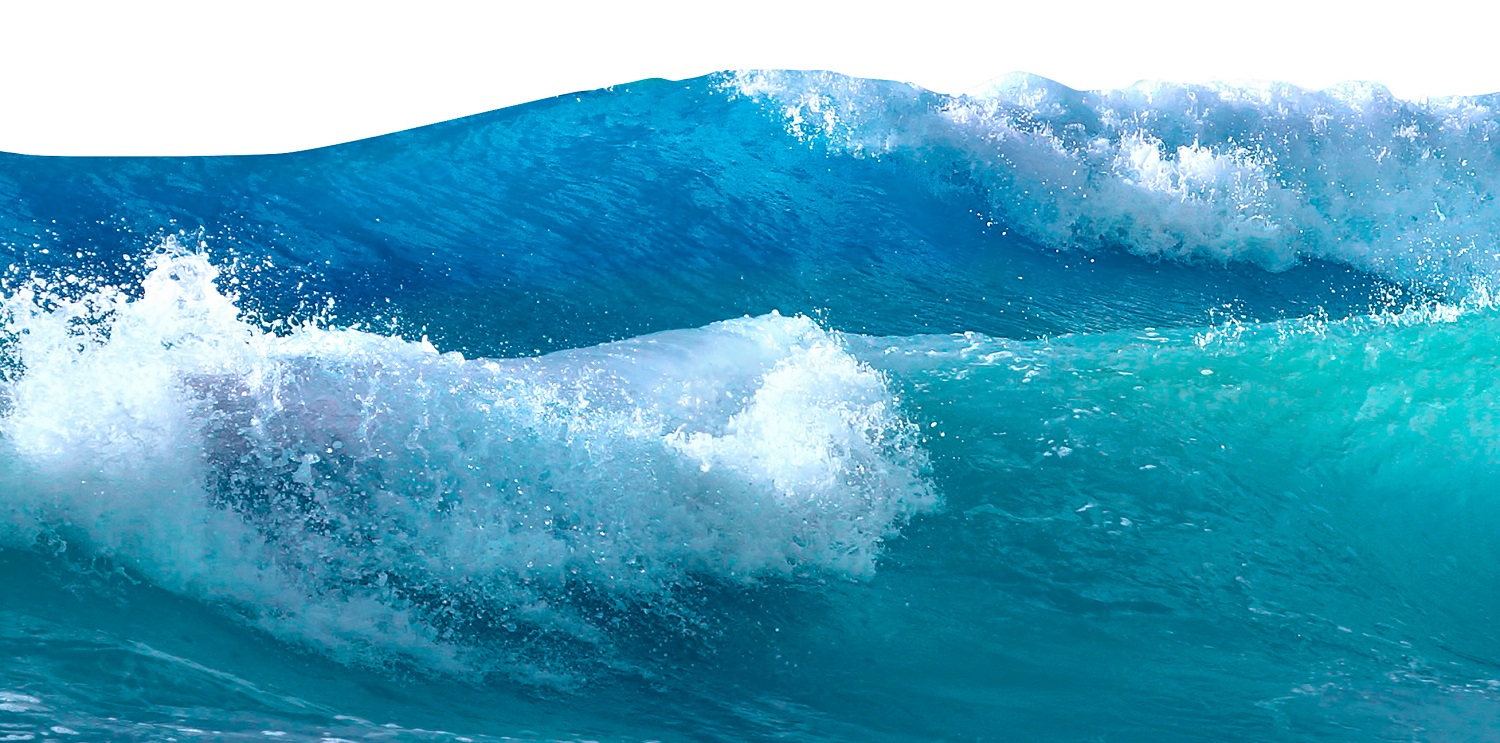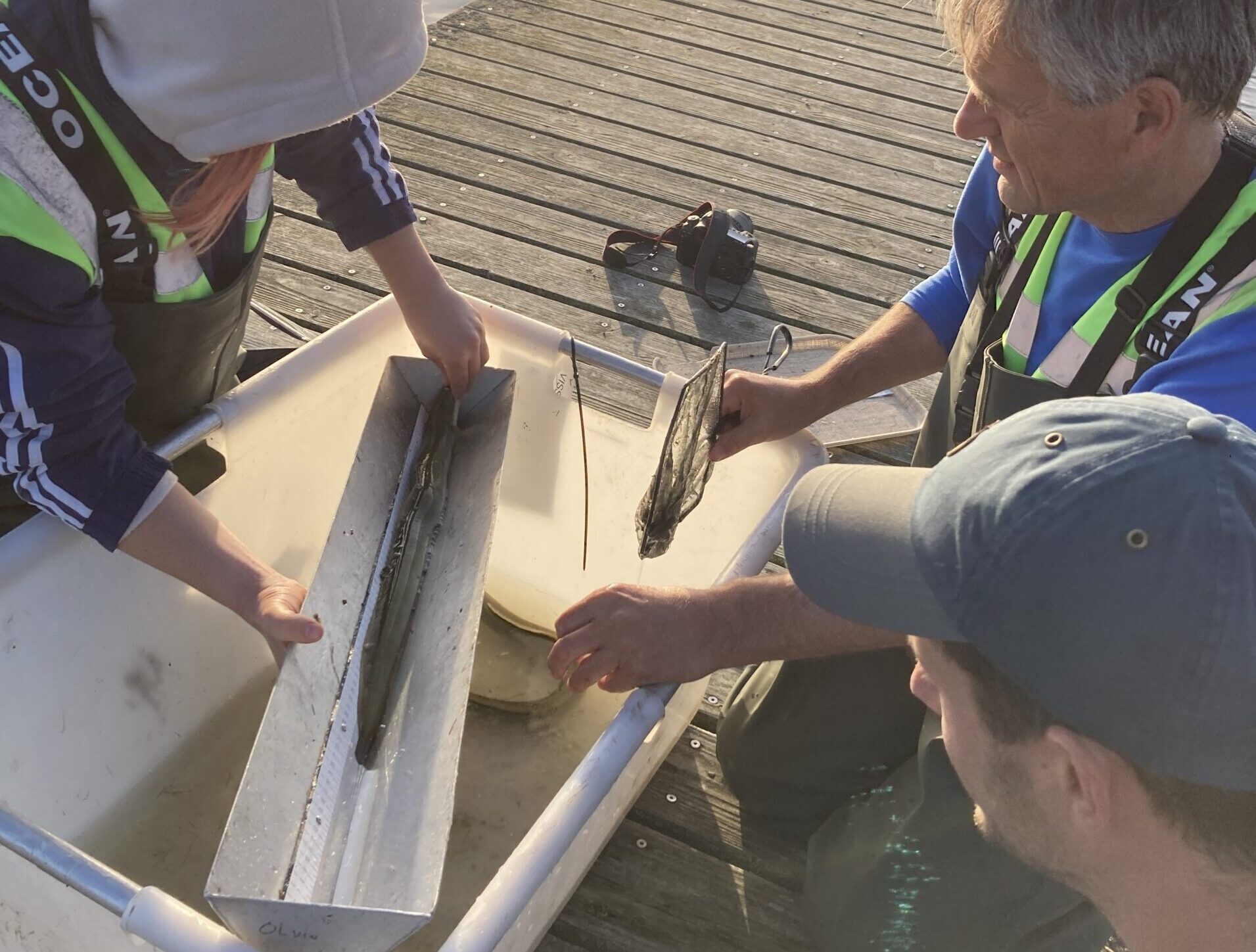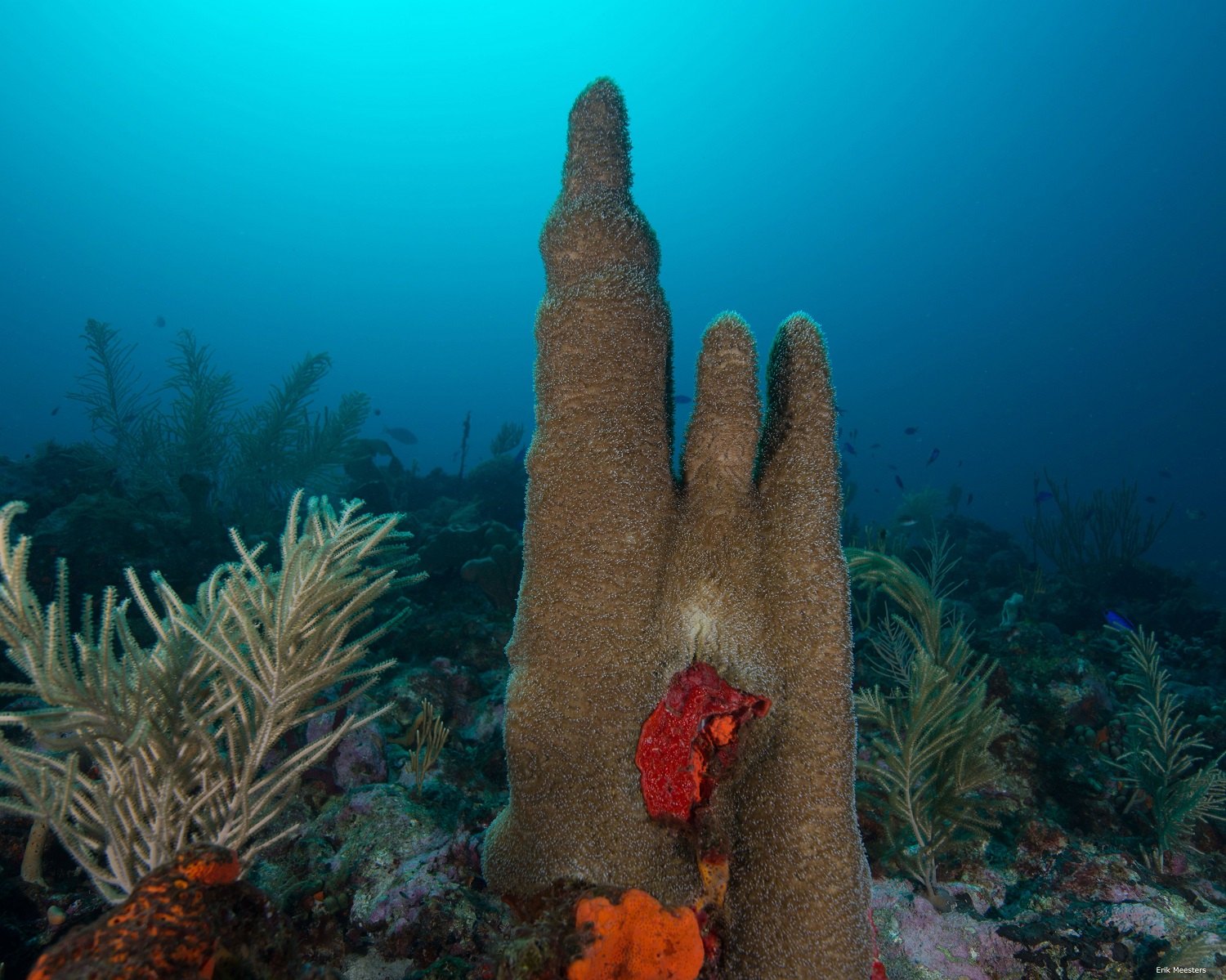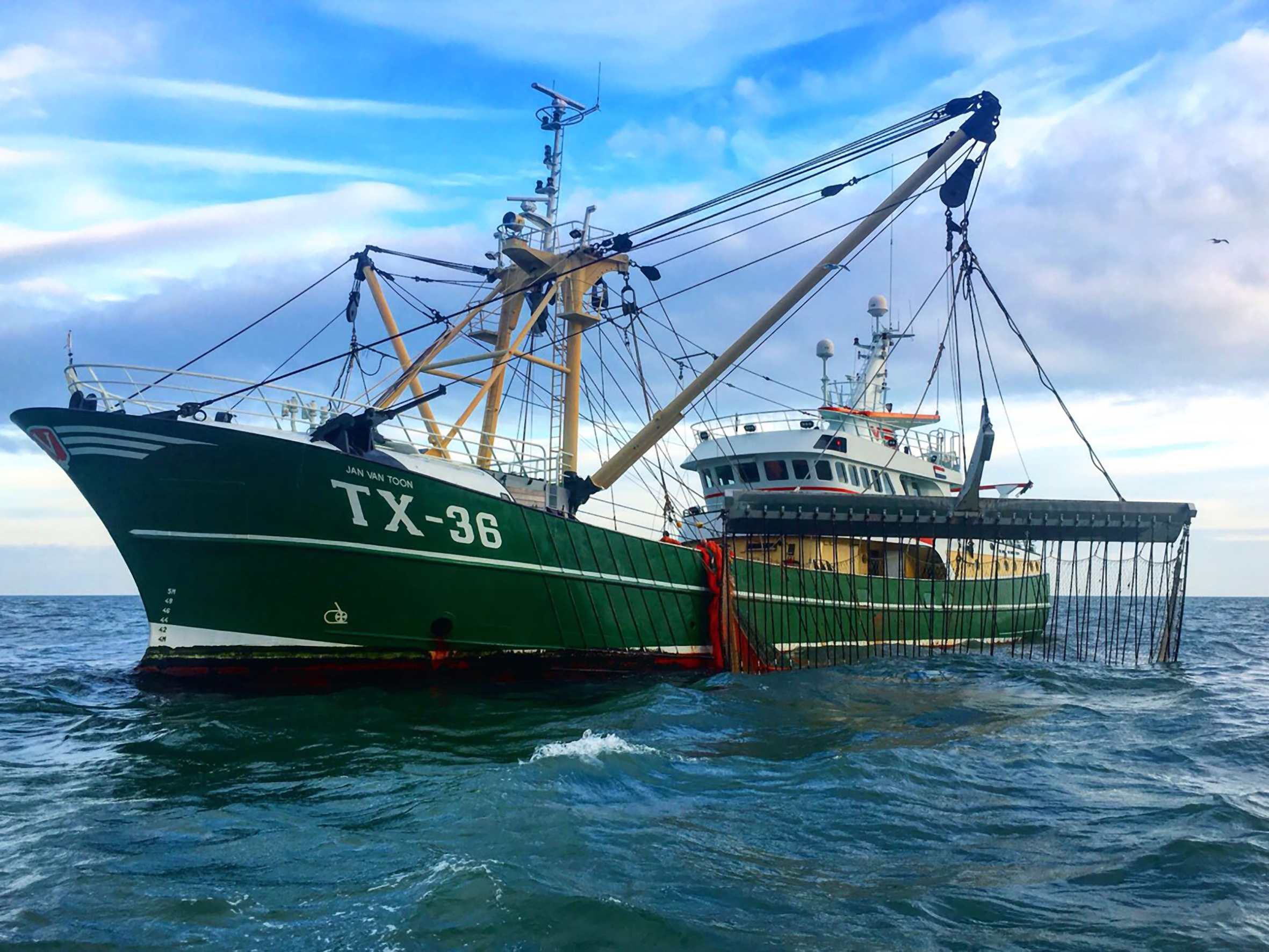The UN’s High Seas Treaty protects 30 per cent of the world’s oceans in one go. We need to look at the broad ecological picture, says professor of Marine Animal Ecology Tinka Murk.
What exactly does the treaty involve?
‘A set of legal instruments has been agreed by 167 countries and the EU with which biodiversity in the oceans can be protected. The treaty still has to be ratified. At present, it is just a document saying that these arrangements will be made. Even so, it is a major advance and it shows people feel the urgency. It’s also quite something to get China on board.’
What are the criteria for designating protected areas?
‘There is a lot of biodiversity in areas with considerable variation in depth, temperature and nutrients. Having interconnected protected areas is also important. You can compare it to our Dutch Nature Network. If whales feed in one place and raise their young in another place, they need to be able to swim safely between those areas. You shouldn’t just protect the beautiful spots but also the ecologically important areas.’
This treaty is about oceans beyond the 200-mile zone. But isn’t most biodiversity within that zone?
‘Agreements were made last December in Montreal for that zone, stipulating that 30 per cent of a country’s land and sea must be protected by 2030. The agreements for the high seas tie in with that. Which is a good thing, because there is an interdependence between what happens inside and outside the 200-mile zone. Biodiversity does not recognize country borders.’
Who will enforce all this?
‘That is a good question. At least now there is an agreement, including a set of instruments for the protection of areas, which makes it easier to hold countries and people to account for their actions. Some of the proceeds from the issue of permits can be invested in the organization and enforcement.’

 Photo Shutterstock
Photo Shutterstock 

